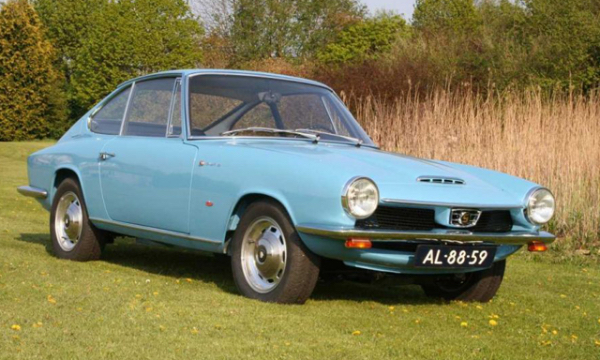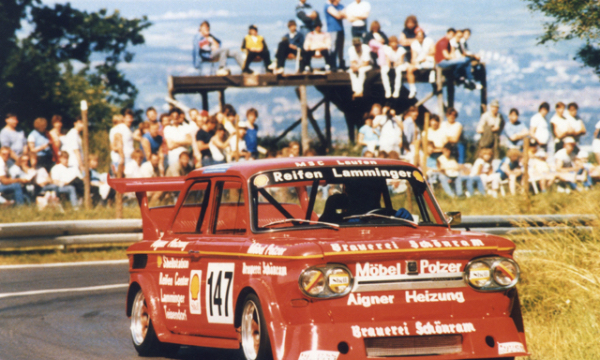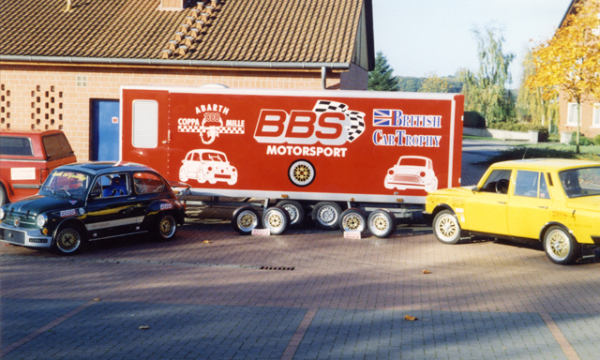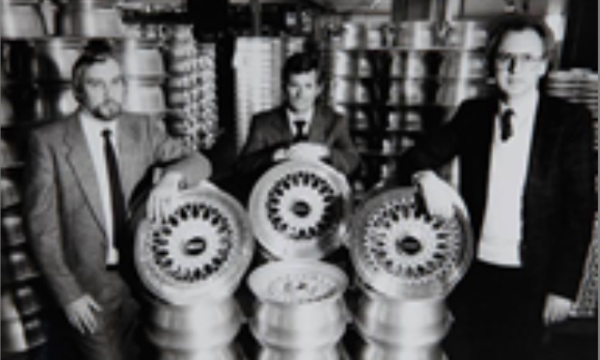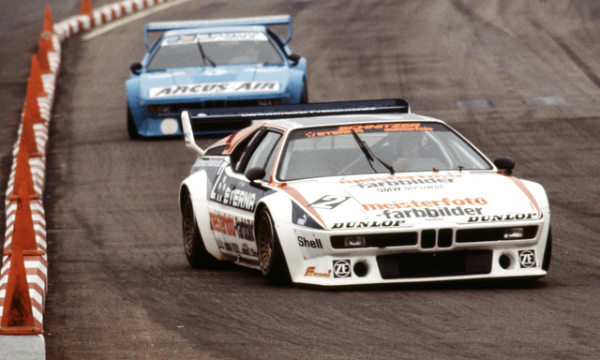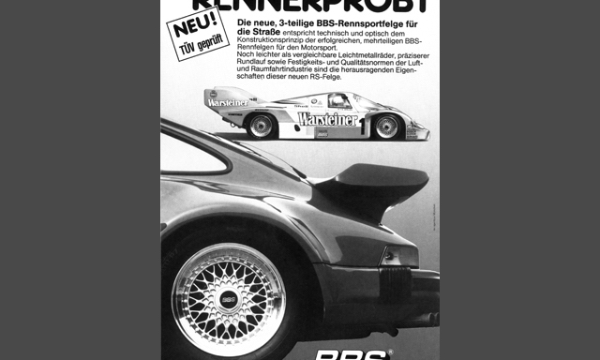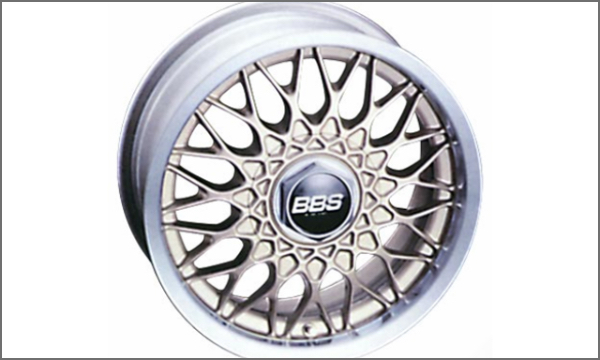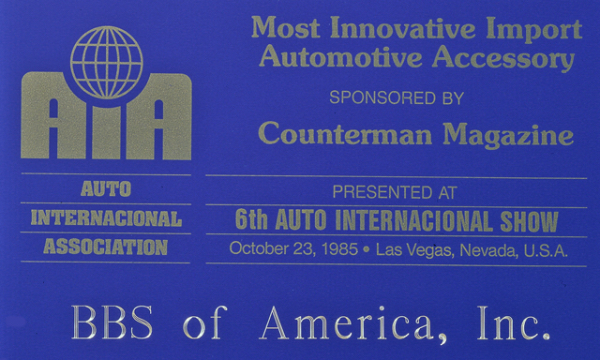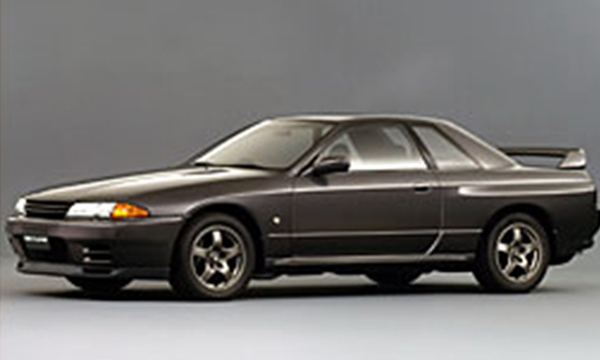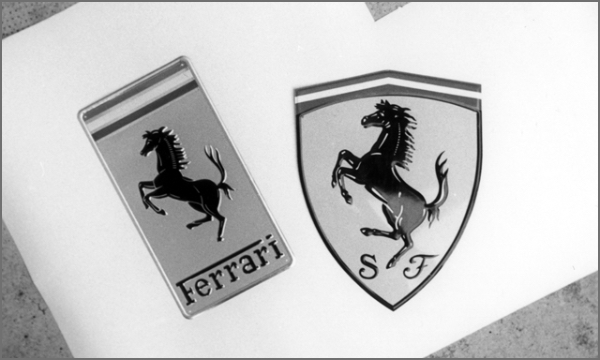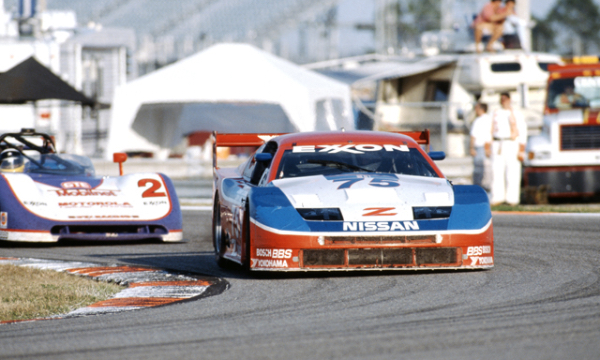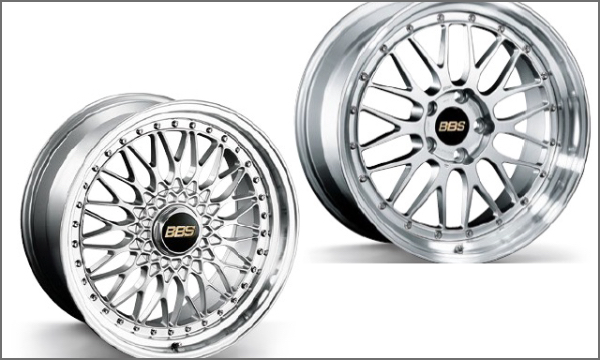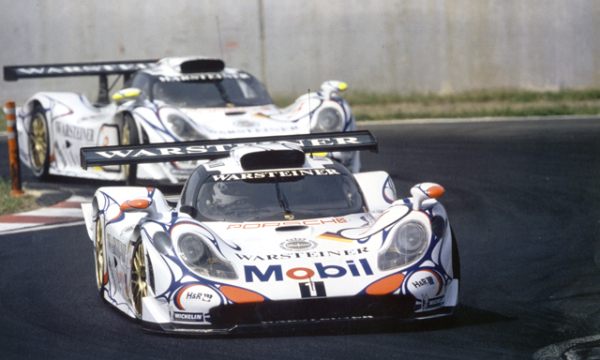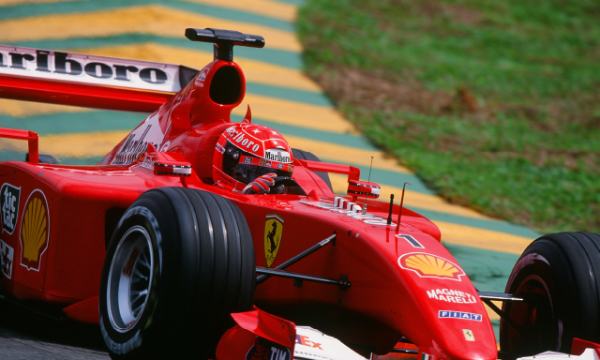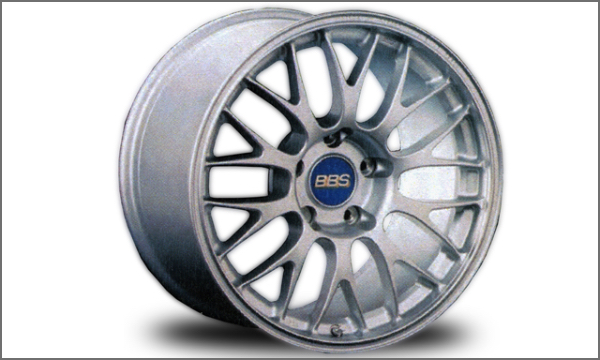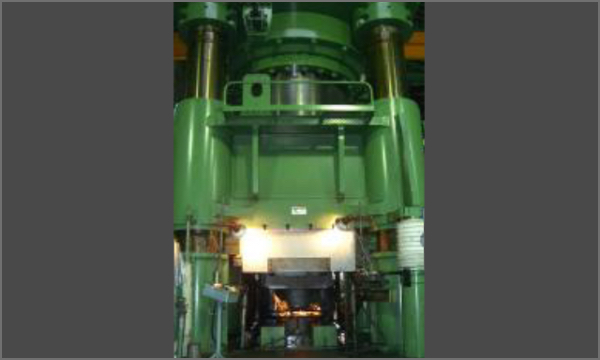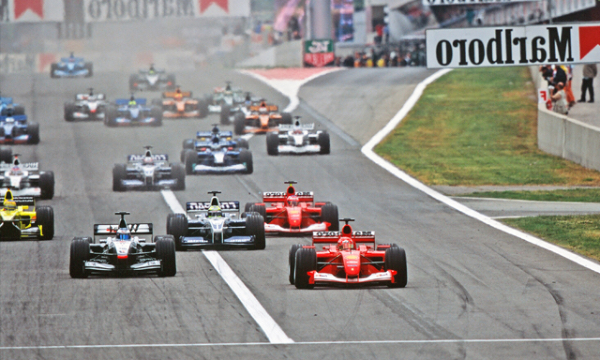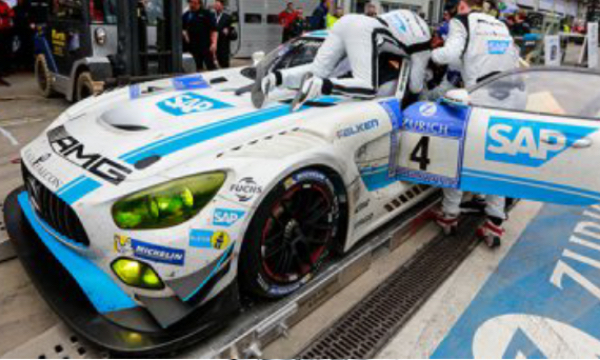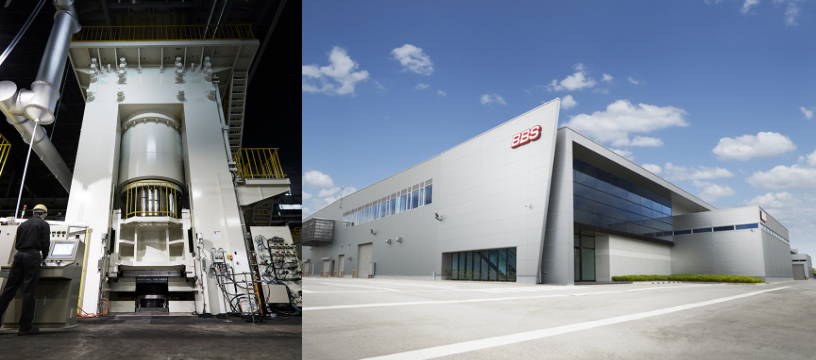Prolog ... “The history of wheels - The challenge for wheels has not changed over 5,000 years”
The wheel is said to have been invented around 3,000 BCE by the Mesopotamian civilization.
In this region, where agriculture developed early thanks to the blessings of the Tigris and Euphrates Rivers and its fertile soil, there was a lack of resources such as metal, timber and stone. Commerce developed through trade in these resources, and economic development was supported by the invention of wheels, which allowed large loads to be carried easily and quickly. Around 2000 BCE, a spoke structure was invented for weight reduction and the improvement of strength. Carts were not the only vehicles. Wheels were also used for battle chariots and the like. In particular, in order to ensure high mobility during battle, chariots had to have higher load-bearing capacity and lateral load capacity, as well as better durability, lightness and toughness than before, and wheels evolved into a spoke structure, still made of wood but with greater mechanical rationality.
And then, around 700 to 500 BCE, the Hallstatt culture, which brought ironware to Europe, invented the iron-wrapped wheel. Under the Hallstatt culture, which ruled Europe for 400 years using horses and battle chariots in addition to axes, iron swords and iron farming tools, improvements in the strength and durability of iron-wrapped wheels had a major impact. After the invention of the spoke brought about changes in structure, the wheel developed further due to the change in material.
Time passed and in 1867, the solid rubber tire was invented.
Rubber was used for the first time on wheels, which had not evolved significantly for more than 2,000 years. Since these were solid rubber and not filled with air, they did not have any impact absorbing capacity like the later pneumatic tires so they were used mainly on low-speed vehicles. Solid rubber tires were also used in the Benz Patent-Motorwagen, said to be the world’s first automobile.
In 1888, British veterinarian John Boyd Dunlop invented the pneumatic tire for bicycles. Compared to conventional tires made of iron, wood or solid rubber, which lacked shock absorption, pneumatic rubber tires improved riding comfort greatly and enabled high-speed driving. This contributed greatly to the later development of automobiles, and Dunlop was inducted into the Automotive Hall of Fame in 2005.
In 1924, Ettore Bugatti invented the world’s first aluminum wheel for automobiles. With more than 1,000 race wins, including those that made it the 1926 Grand Prix champion, the Bugatti Type 35 was a masterpiece racing car, equipped with aluminum wheels of high rigidity, light weight and high heat dissipation. Bugatti also used innovative techniques such as casting brake drums into the wheels.

